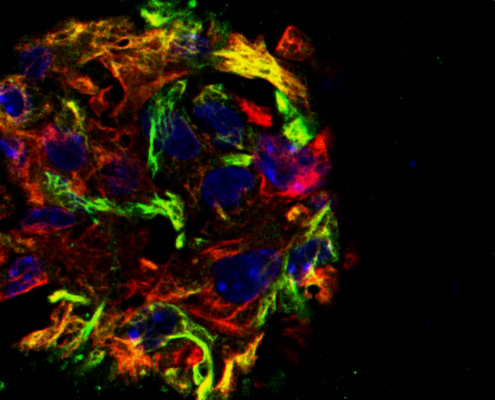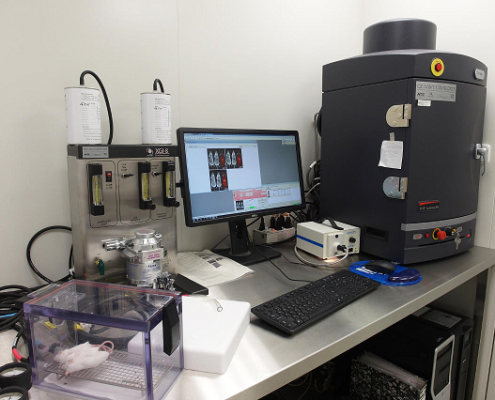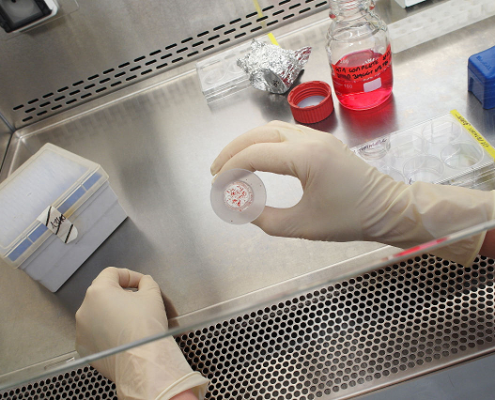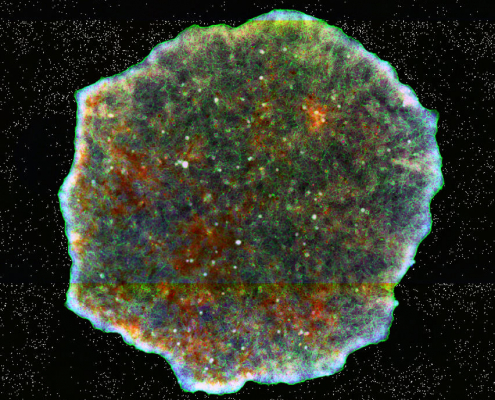CANCER PLASTICITY
Unraveling the secrets of tumor cell plasticity
Mgr. Karel Souček, Ph.D.
E-mail: karel.soucek@fnusa.cz
Key words
Cancer Cell Plasticity, Epithelial-to-Mesenchymal Transition, Tumor Heterogeneity, Dissemination.
Research focus
- The major research interest is to understand the plasticity and heterogeneity of cancer cells and the role of the microenvironment in cancer progression. Cellular plasticity has been considered as a factor contributing to resistance to cancer chemotherapy and poor prognosis. Simultaneously, recurrence and chemoresistance of many types of cancers are believed to be tightly linked with the biology of cancer stem-like cells or tumor-initiating cells (CSCs/TICs) and circulating tumor cells (CTCs). There is increasing evidence that cancer plasticity induced by different stimuli is a source of CSCs/TICs/CTCs. Currently, we identified in vitro and in vivo experimental models showing heterogeneity in cancer cell plasticity in terms of CSC and plasticity profile. We are characterizing single cells and single cell-derived clones to understand molecular mechanisms associated with cell plasticity and its role in cancer progression, therapy resistance and generation of the cells with CSCs/TICs/CTCs-like properties.
Main goals
- Correlation of the plasticity of cancer cells with aberrant signaling, dissemination capability and chemoresistance.
- Description of heterogeneity of expression of markers defining most aggressive cells at single cell level within tumor.
- Introducing the methods for expansion and characterisation of clinical samples maintaining its original phenotype (e.g. patient-derived xenografts, 3D in vitro cultures of organoids/tumoroids).
Technological equipment
- Pre-clinical in vivo Imaging System – analysis of tumor progression and therapy response in small experimental animals
- Widefield High-Content Analysis System – automated microscope for multiparametric fluorescent cell analysis in 2D and 3D culture
- Seahorse XF Analyzer – analysis of changes in cell bioenergetics in real-time





